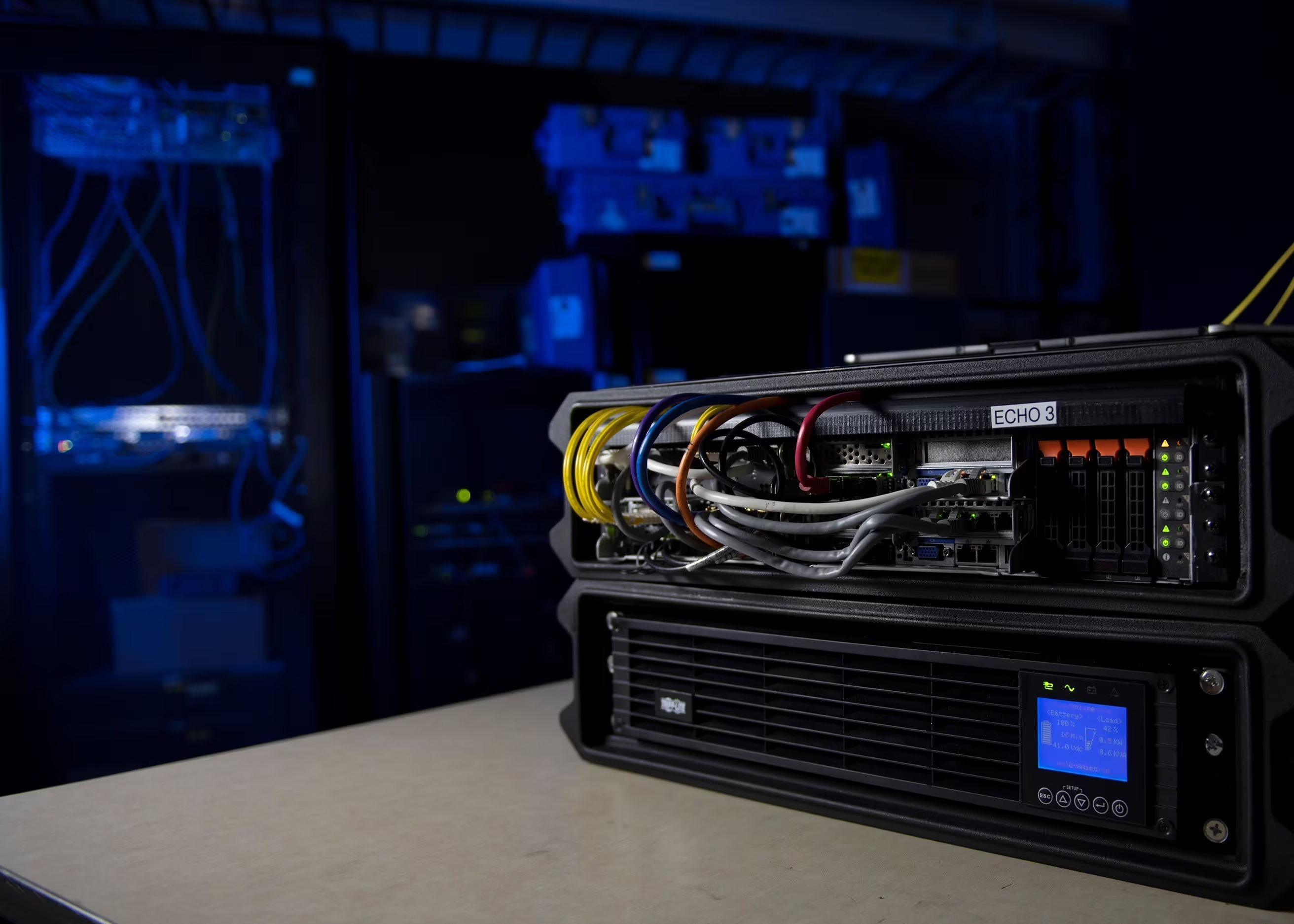WASHINGTON — The U.S. Defense Department has finished fielding the first batch of new logistics systems for the F-35 Joint Strike Fighter, replacing an older, flawed system that has caused program headaches for years.
In a release Monday, the F-35 Joint Program Office said the first 14 sets of the new Operational Data Integrated Network, or ODIN, logistics information system finished their rollout to F-35 squadrons in January.
This initial phase of the deployment of the ODIN computer hardware, known as the ODIN Base Kit, has now replaced all first-generation unclassified Autonomic Logistics Information System, or ALIS, servers in the field, the JPO said. The ODIN Base Kit installation began in July 2021 and was carried out by personnel from the JPO, Lockheed Martin and local squadron crews.
ODIN Base Kits are now used by the Air Force, Navy and Marine Corps, as well as three allies who fly the F-35 — the United Kingdom, the Netherlands and Italy — the JPO said.
Lt. Gen. Eric Fick, the F-35 program executive officer, called the ODIN rollout “a major milestone in modernizing the F-35 logistics information systems in support of global operations.”
“This was a team effort between the Department of Defense, defense industry, and our F-35 partners, and is a giant step forward in support of international logistics and operational management of the global and expanding F-35 fleet,” Fick said in the release.
The F-35′s ALIS system — which was meant to help the military order spare parts for the fighter, schedule and track maintenance, and keep an eye on which planes were ready to fly — was deeply troubled.
The Government Accountability Office in 2020 said crucial data meant to be automatically collected by ALIS was often inaccurate or misleading. Maintainers frequently had to manually keep tabs on that information themselves, sometimes in Excel spreadsheets. Not only would this eat up maintainers’ time, GAO said, but it was risky because sometimes critical safety data could be overlooked.
ALIS was also very user-unfriendly, GAO said, with a hard-to-navigate interface system. And its bulky server units weigh in at about 200 pounds each — the entire system neared 900 pounds — and need a whole room to operate, which GAO said made them hard to deploy and find a place to store them on a ship.
The JPO in 2020 announced that a new logistics system, designed by Lockheed Martin and dubbed ODIN, would replace ALIS.

The Pentagon’s chief weapons tester said in its most recent report released last week that each ODIN Base Kit’s total hardware weighs between 134 and 202 pounds — a 65-pound ODIN system itself, a 69-pound uninterruptible power supply and an optional battery expansion that weighs 68 pounds.
This is less than a quarter of the 891 pounds ALIS’s legacy hardware, the Standard Operating Unit-Unclassified weighed, as well as bringing a similar reduction in volume, according to the report by the Director, Operational Test and Evaluation office.
The JPO said the ODIN Base Kit’s improved computing cuts processing times by as much as 50% over ALIS. The systems also are more secure and easier to service and support, the release said. They can run ALIS’ software, as well as future ODIN applications.
More ODIN units will be delivered later this year and in 2023 as the legacy ALIS servers are phased out, but the timeline for doing so depends on how much funding is available and when operational squadrons can find time in their schedules.
The ODIN rollout has encountered budget constraints in the past. Last April, Fick told lawmakers that the JPO took a “strategic pause” on ODIN’s software development because of a 42% cut to the program’s development and testing funding that year.
Those problems could persist. The most recent DOT&E report warned that developmental and operational testing for ALIS and ODIN “continue to be under-resourced, increasing risk to fielding and support.”
The report also warned that ALIS’ cybersecurity vulnerabilities, which were found during that program’s testing, will need to be addressed as the system switches to ODIN.
The locations that received the initial ODIN hardware were Naval Air Station Lemoore, California; Nellis Air Force Base, Nevada; Hill Air Force Base, Utah; Eielson Air Force Base, Alaska; Marine Corps Air Station Miramar, California; Marine Corps Air Station Beaufort, South Carolina; Lockheed Martin Aeronautics factory in Fort Worth, Texas; Eglin Air Force Base, Florida; Luke Air Force Base, Arizona; Edwards Air Force Base, California; Amendola Air Base, Italy; and Portsmouth Naval Base, U.K.
Edwards received three ODIN kits, two of which support testing for the U.K. and the Netherlands conducted in the United States.
Stephen Losey is the air warfare reporter for Defense News. He previously covered leadership and personnel issues at Air Force Times, and the Pentagon, special operations and air warfare at Military.com. He has traveled to the Middle East to cover U.S. Air Force operations.








